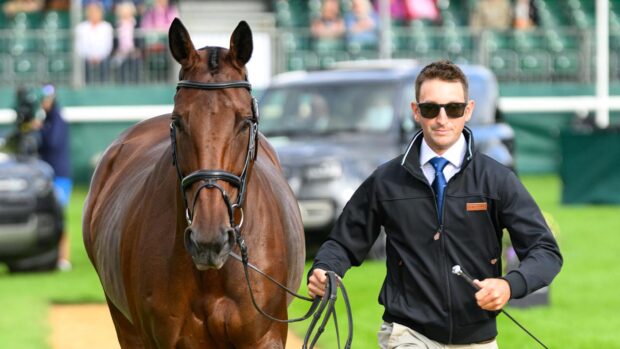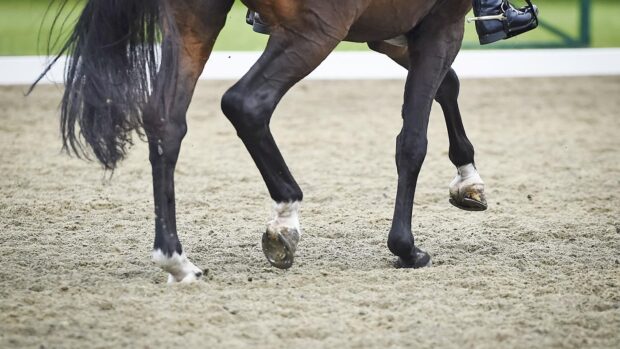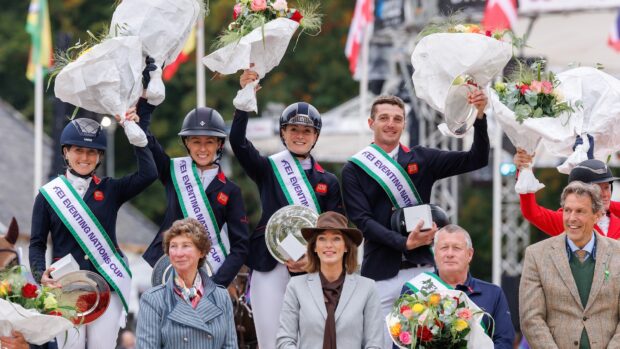A traffic light ratings system was used to improve eventing safety in Ireland last year, with impressive results.
Diarmuid Byne presented the system — known as the Equiratings Quality Index (ERQI) — at the International Eventing Forum last Monday (6 February).
The ERQI has been developed by EquiRatings, the eventing data analytics company set up by Irishman Diarmuid and his compatriot Sam Watson, a four-star and championship rider.
Diarmuid and Sam were at school and university together, with Diarmuid studying law and Sam management science and information systems. Sam initially started analysing data and performance as a way to improve his own showjumping.
The pair launched EquiRatings in the spring last year and have been working in areas such as media and commentary and high performance, as well as safety.
How the ERQI works
The ERQI is a rating attached to each horse, from zero to one, at each level of competition. Higher ratings mean the horse has a greater chance of jumping clear across country.
The ratings are calculated using the horse’s previous cross-country jumping form. The ratings are also adjusted to account for varying levels of difficulty between classes at the same level and how mistakes at one level are likely to impact on a horse’s chances at another.
Last year Eventing Ireland (EI) linked its entries system to ERQIs, with riders able to see each of their horses’ ratings at each level before they made an entry.
Horses with a green ERQI of 0.5 or more could compete at that level. Those with an amber ERQI of 0.15-0.5 could, but it was a warning to riders. Horses with a red ERQI (below 0.15) could not be entered.
Falls at national two-star level in Ireland fell by 66% in 2016 and EI will be extending its use of ERQIs again this year.
“Solving safety isn’t one person’s responsibility and we don’t have all the answers,” said Diarmuid. “But we do have a tool for prediction.
“It’s predictive analysis, but also common sense. Horses which aren’t jumping many clears turn into horses which have falls. There will always be a risk in eventing, but there’s an acceptable level. Responsibility must be passed back to riders.”
Sam added: “There’s an angle on recklessness versus risk. Everyone in eventing likes to take on risk — they go hunting and skiing in the off-season.
Continues below…
Related articles:
- More falls at four-stars and championships: event riders react to analysis
- Event safety takes a step forward at Luhmühlen
- Proposal for new eventing safety fund financed by levy on entry fees
“But for the protection of our sport and our image going forward, thinking about what we put on TV and as we try to become more inclusive worldwide, we need to decide behind closed doors what level of risk we need to accept and where that’s being surpassed.”
Find out more about the ERQI system, plus opinions from Eventing Ireland and British Eventing, in this week’s H&H magazine (out Thursday, 16 February).




